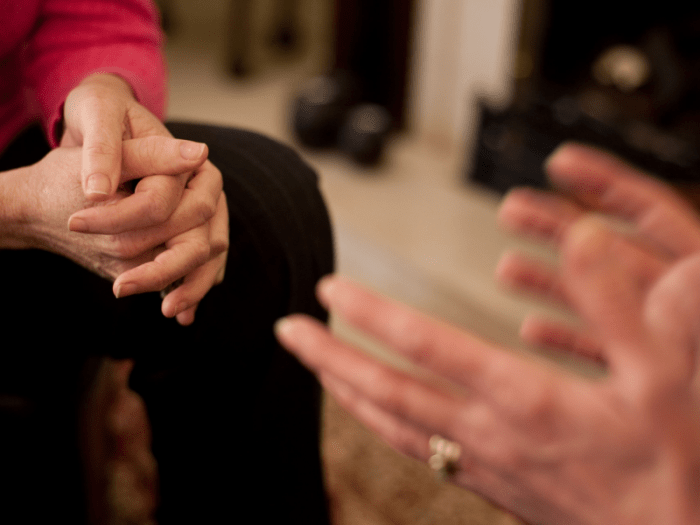Our environment is deteriorating at a rapid pace which is impacting our daily lives in more ways than one. Environmental degradation is associated with many outcomes that may have direct as well as indirect impact on physical health as well as mental health of human beings. In recent years, the deterioration of the environment has emerged as a key contributor to increases cases of psychological ill-health across the world.
Environmental change–triggered extreme weather conditions, loss of natural environments, changing climate patterns, contaminated food, water and air are now acknowledged as major contributors to PTSD, anxiety, aggression, depression and breakdown of relationships.
What is Mental Health?
Mental health encompasses emotional, psychological, behavioral, and social well-being of an individual. It decides how a human being adapts to stress of life and impacts how we think, feel, and act. Mental health also determines how we handle stress, relate to others, and make choices. If you are stressed by academic worries, make a Google search on ‘do my homework‘ and get online academic assistance.
Environmental deterioration can cause and heighten pressure and uneasiness, thus unfavorably affecting psychological wellness and forcing people to seek help of mental therapists and psychologists. For example, hurricanes or severe droughts can cause depression, anger, and provoke sadistic attitude.
Everybody is in danger, yet not every person is influenced similarly. People who are more prone to mental health impacts of environmental changes include children, elderly and women. Among disadvantaged and marginalized groups, those with close bonding to the land, such as farmers and tribal communities, are more at risk.
How Environmental Degradation is Aggravating Mental Health?
Each aspect of the environment has an interrelated impact on mental health of human being. For example, children are more prone than young people to changes in their environment. The nascent mind is most delicate in the womb while early adolescence is sensitive to toxic physical, chemical and biological exposures. The harmful emissions from the transportation sector and industries coupled with waste generation from domestic and commercial sectors are the major contributors to modern-day pollution problem.
Social components, including poverty, education, employment, income, security, social support and housing are also determinants of mental health that likewise alter or overstate the impacts of exposures to physical factors in the environment. The total impacts of toxic environmental exposures over the existence course can cause physiological interruptions that persevere in future, and lead to deep rooted hindrances of physical or mental well-being.
Children can be exposed to toxins prenatally, and when they inhale poor air, drink contaminated water, breastfeed, ingest food and contact polluted soil and items. The major harmful compounds in the natural and built environments that influence neuro-development and the mental health include Lead, Manganese, Cadmium, Polyaromatic Hydrocarbons and Organochlorine and Organophosphate Pesticides.
People living in rural agricultural areas are more exposed to pesticides. Overwhelming metal contaminants and pesticides have been found to be agents that help develop Hyperactivity Behavior, including Attention-Deficit/Hyperactivity Disorder (ADHD). Noise and traffic-related exposures in the built environment have been related with poor mental health results.
Major acute mental health effects include trauma and shock, post-traumatic stress disorder (PTSD), compounded stress, anxiety, substance abuse, and depression. Major chronic mental health effects incorporate higher paces of aggression and violence, mental health emergencies, an exaggerated feeling of helplessness, hopelessness, or fatalism, fear, and loss of emotions. Thus, the prevalent environmental crisis can intensify chronic symptoms and lead to more serious mental health issues in all parts of the world.
BetterHelp.com offers access to licensed, trained, experienced, and accredited psychologists (PhD/PsyD), marriage and family therapists (LMFT), clinical social workers (LCSW / LMSW), and board licensed professional counselors (LPC).
Final Words
The mental health consequences of the environmental crisis transcend countries, income-groups, race, religion and culture. The psychological wellness of the entire humanity has been negatively affected by rapid changes in the natural and built environments during the last 50 years or so. The urgent need of the hour it to address the wide array of environmental issues and their interconnected mental health effects through broader international and multi-sectoral cooperation, political struggle and a mass movement for environmental stability.













